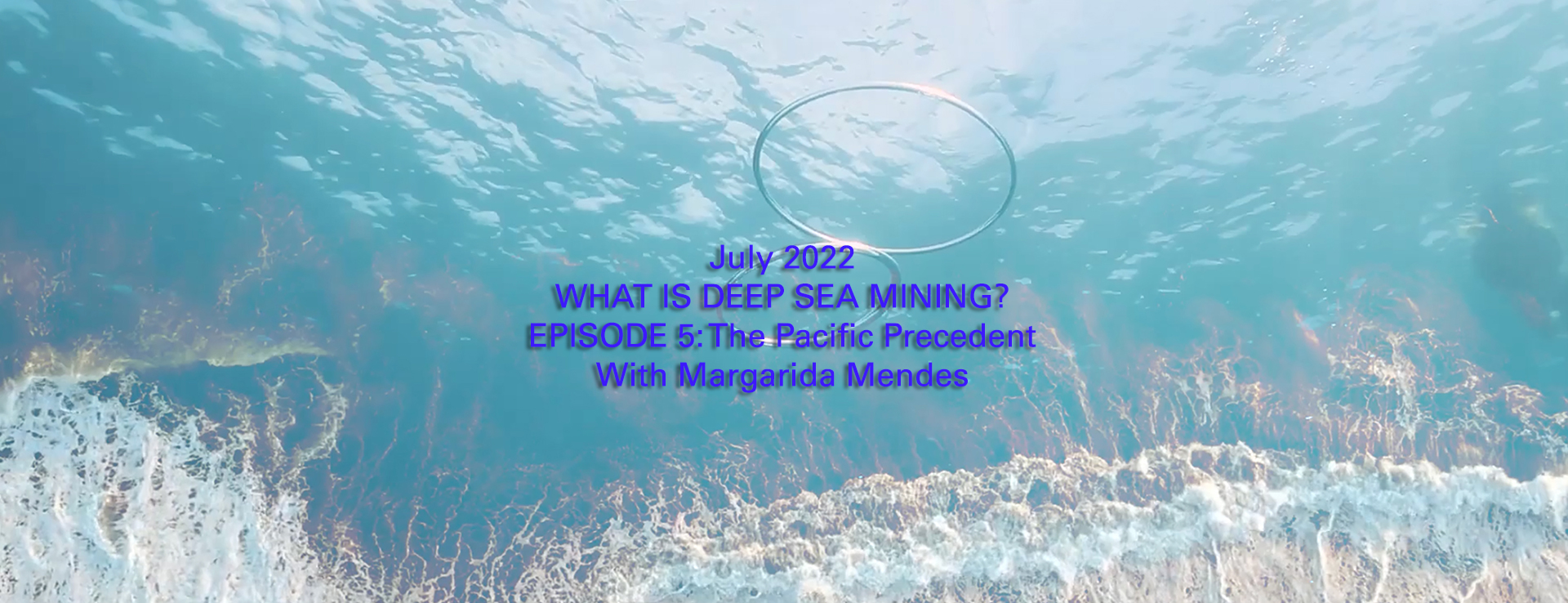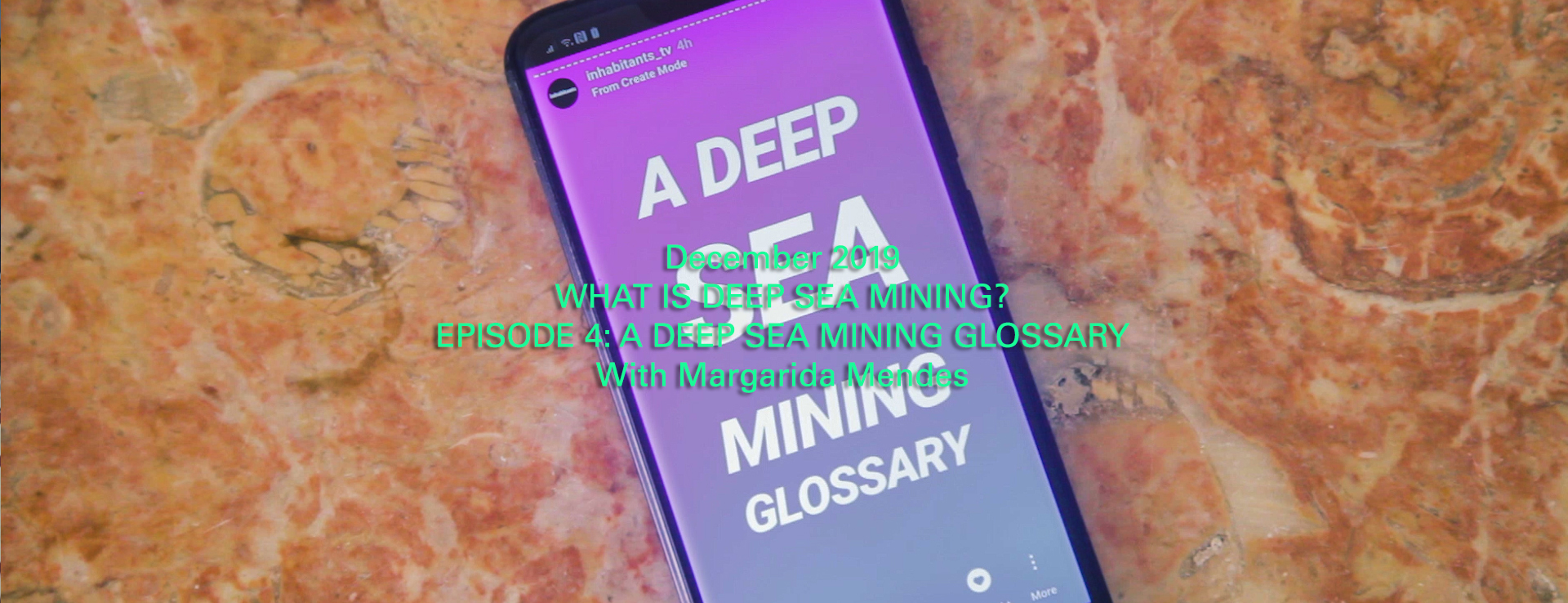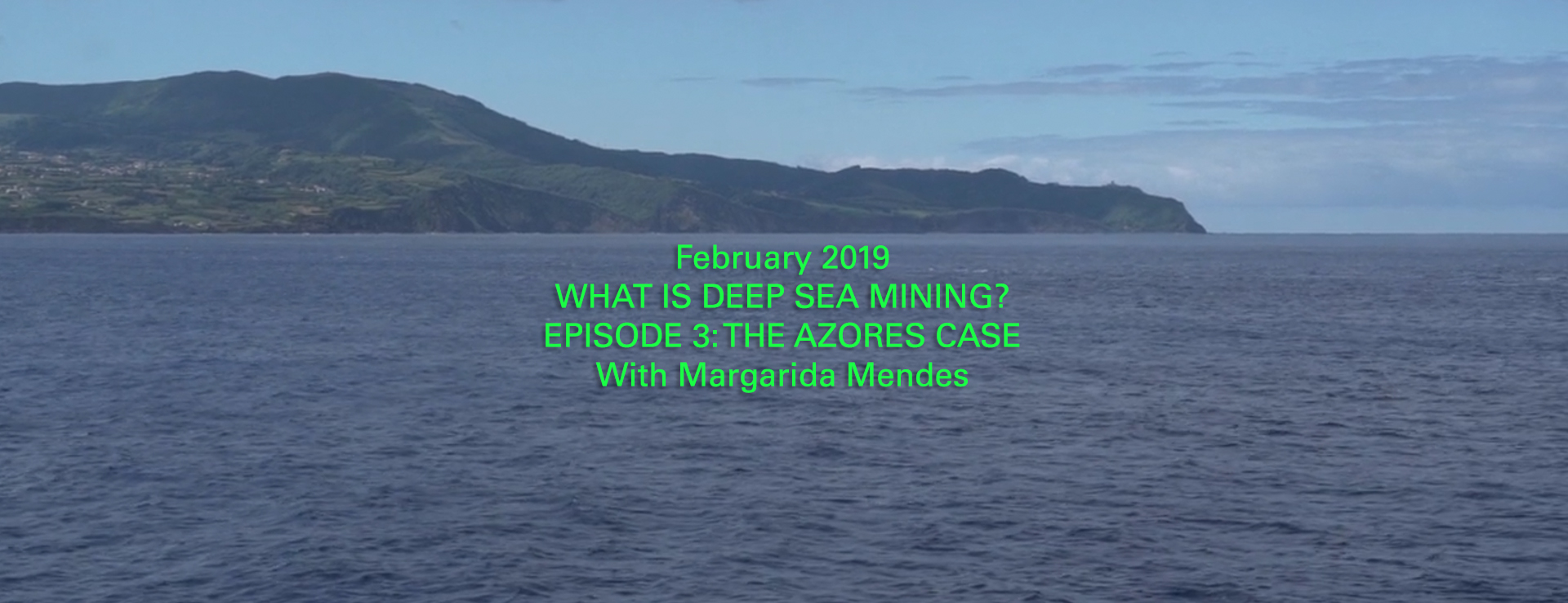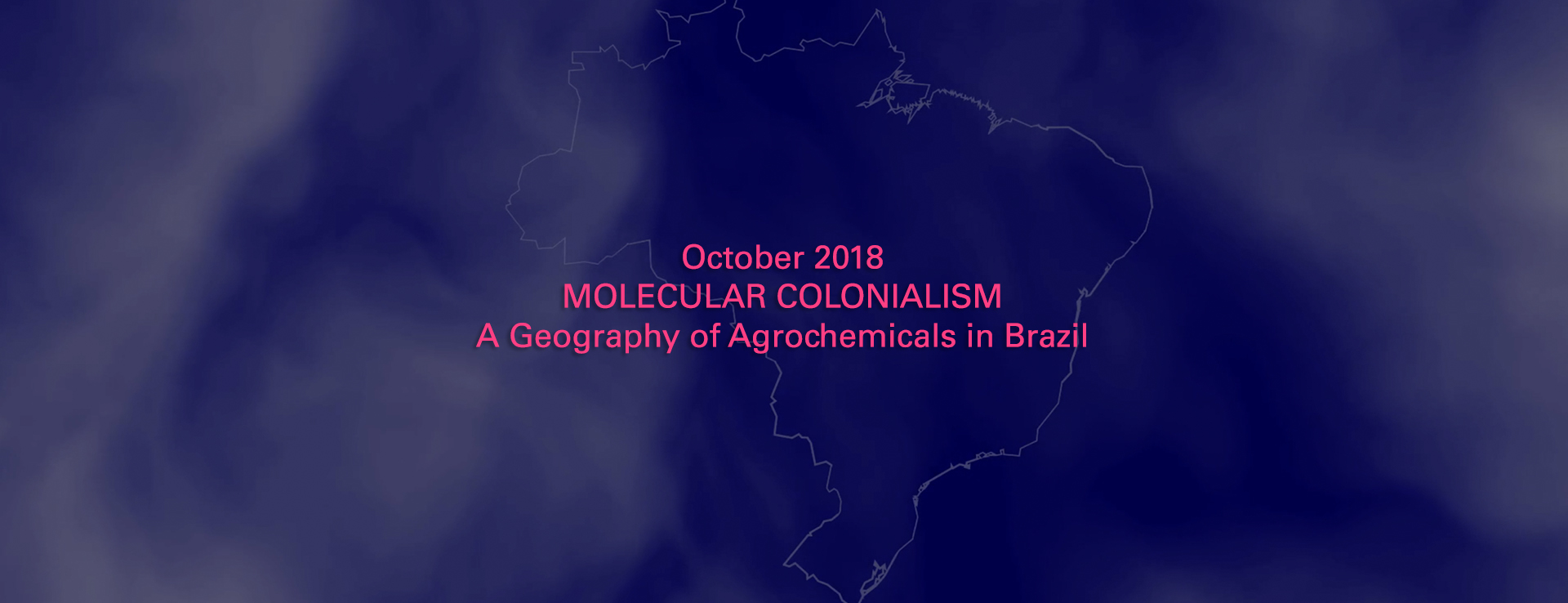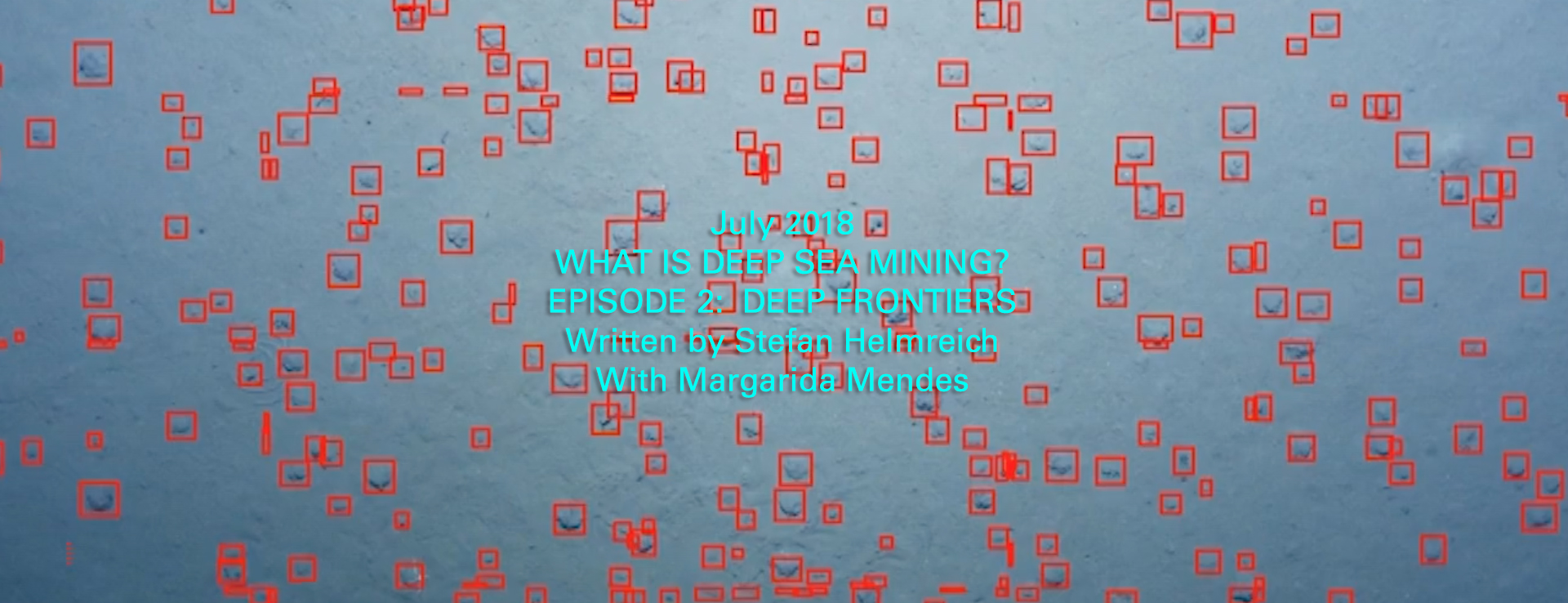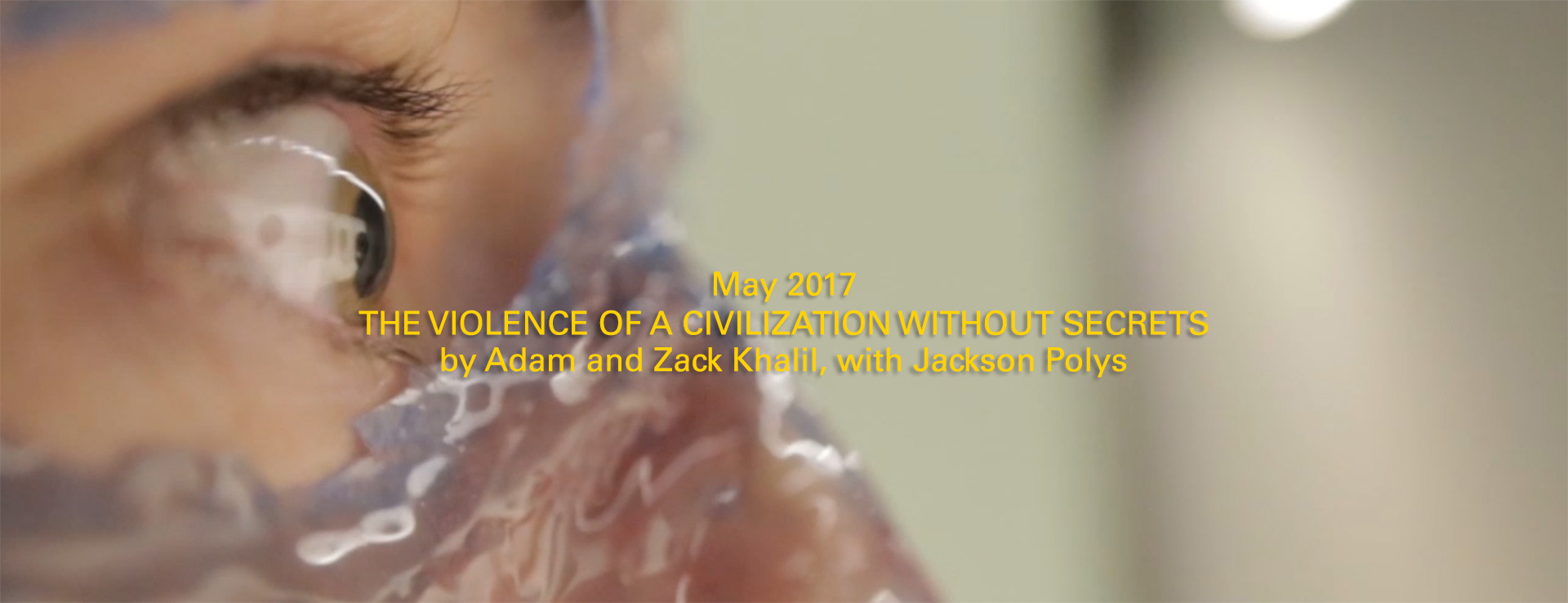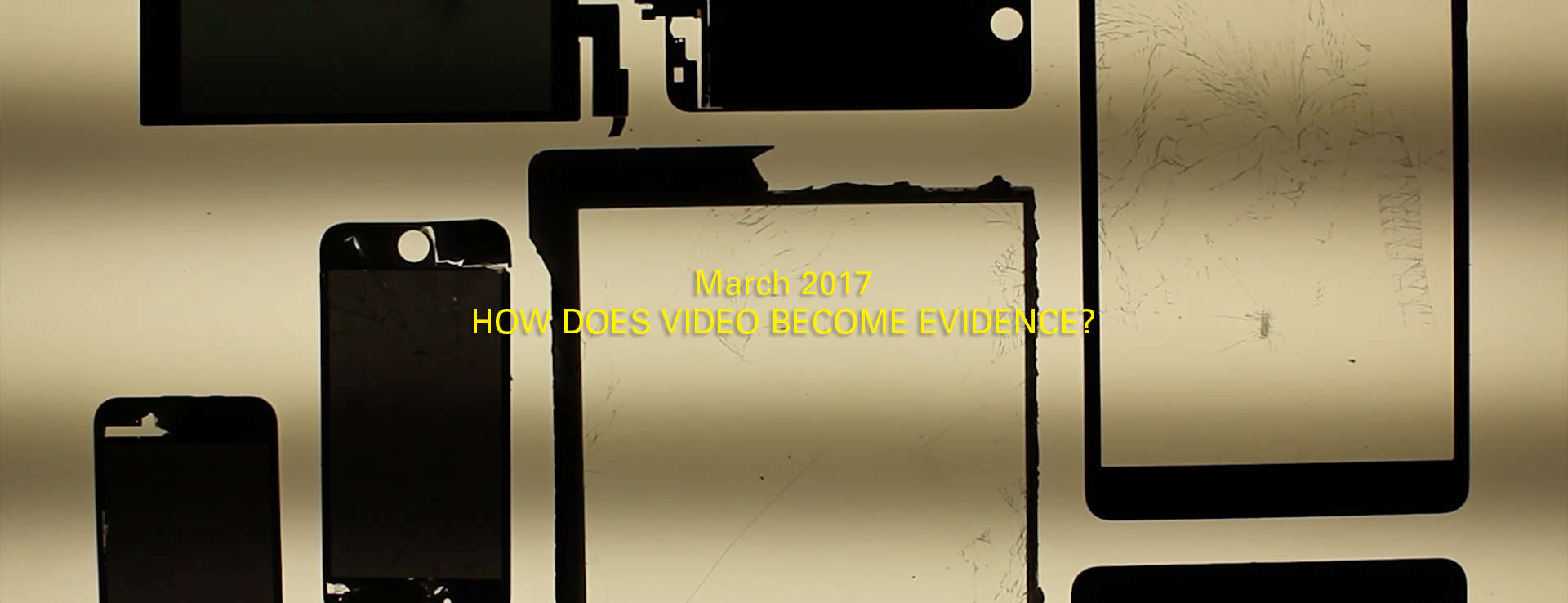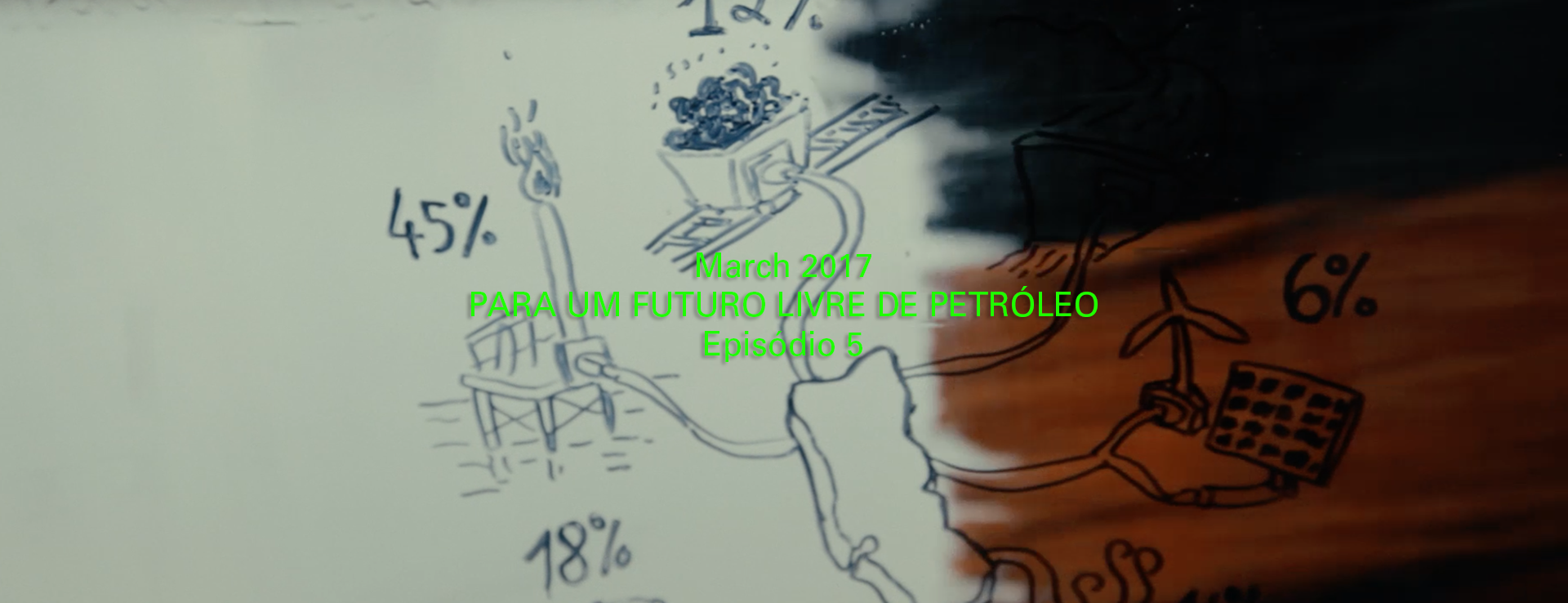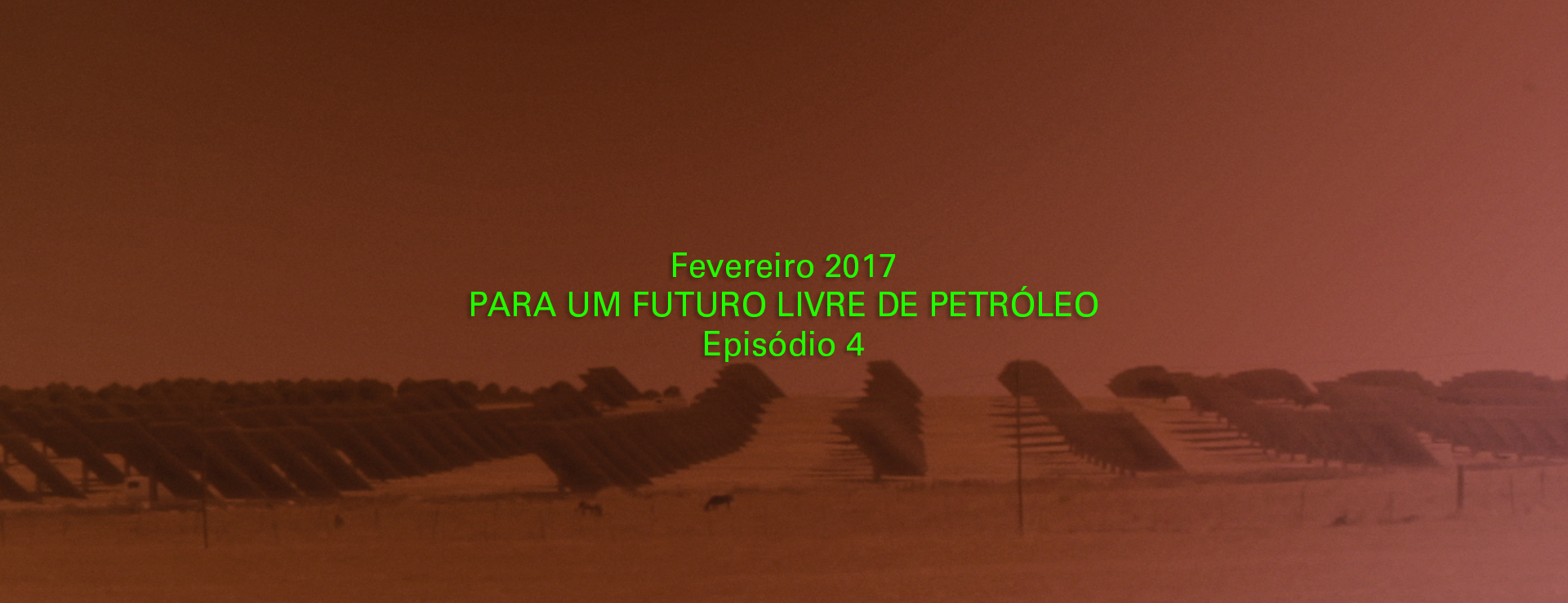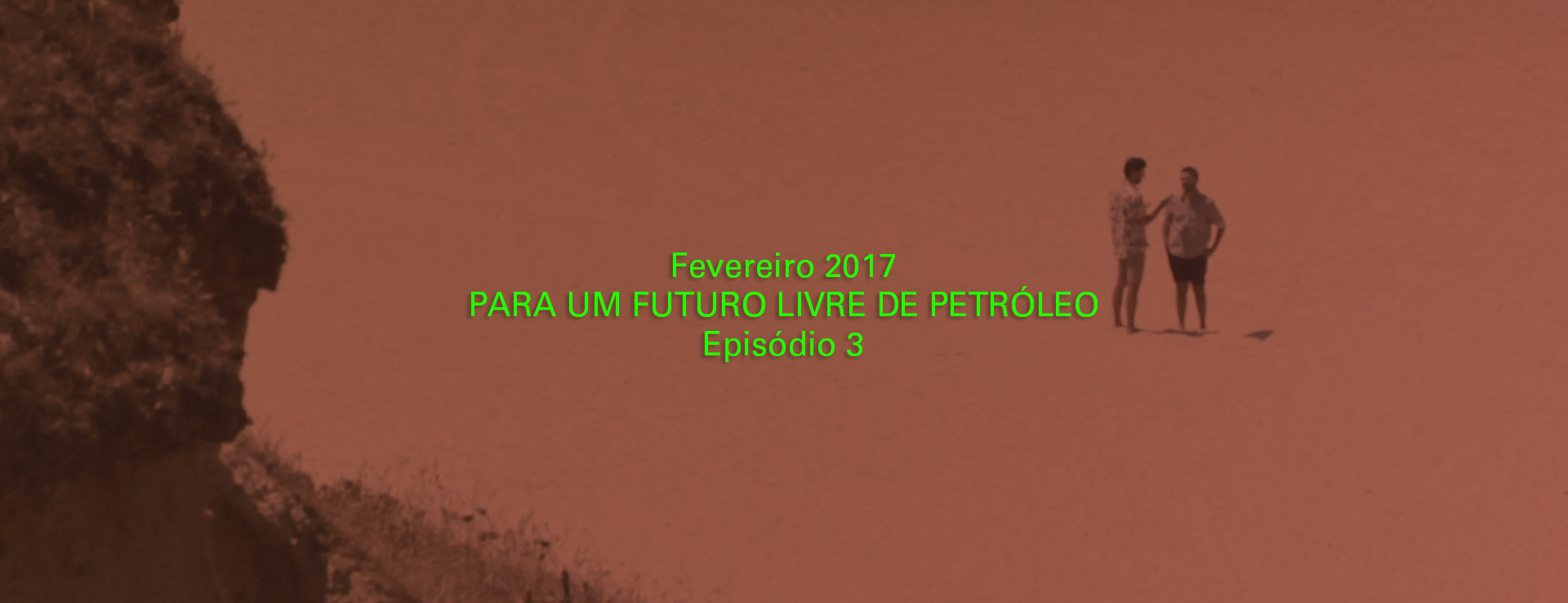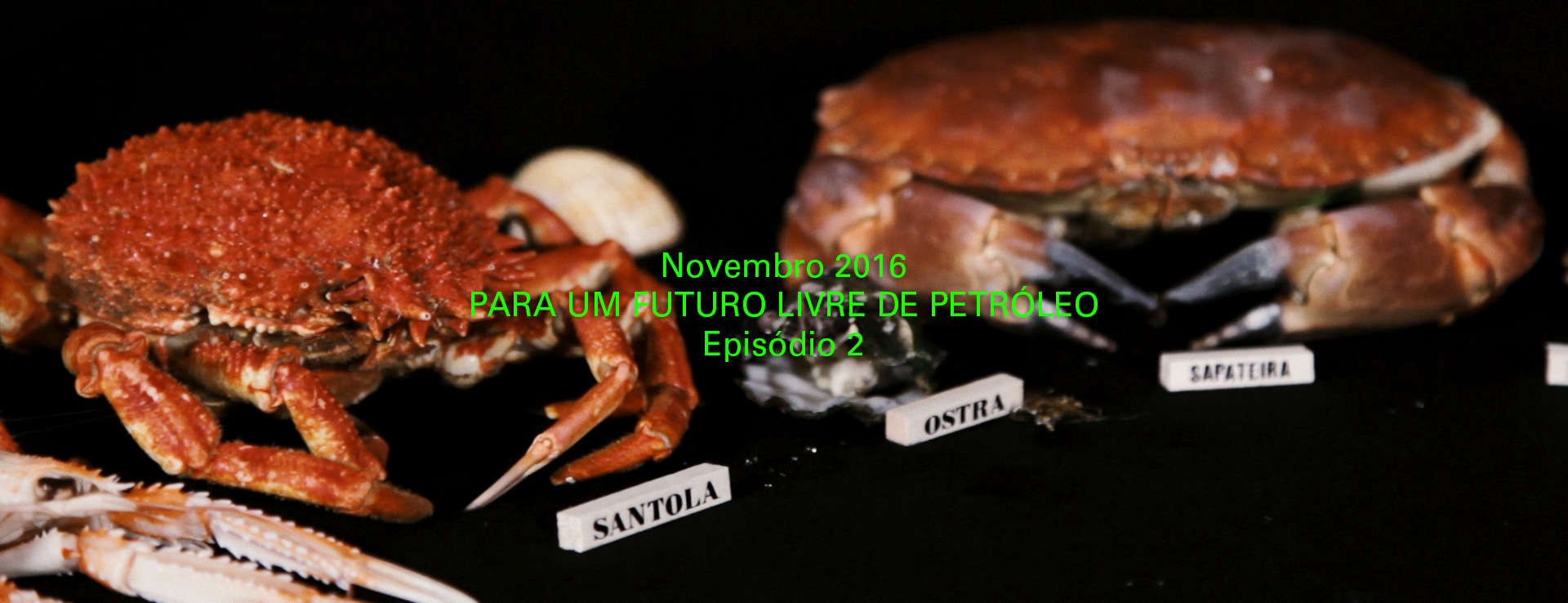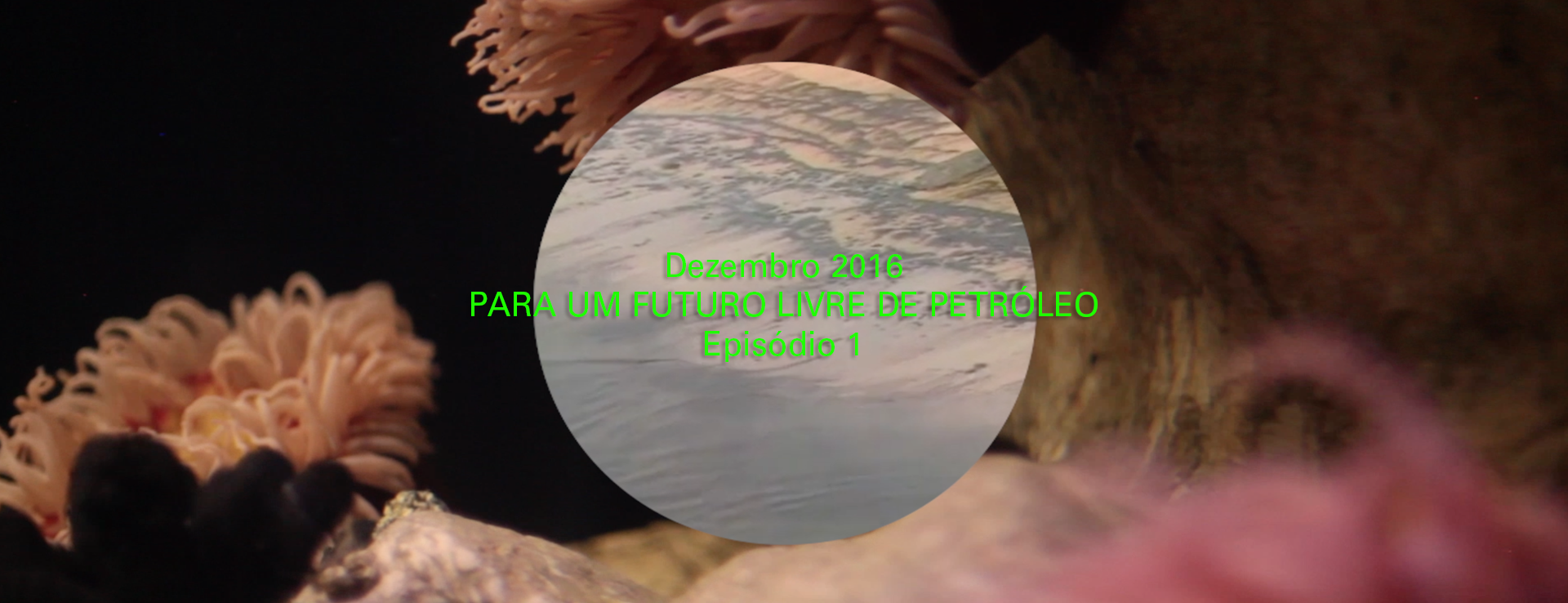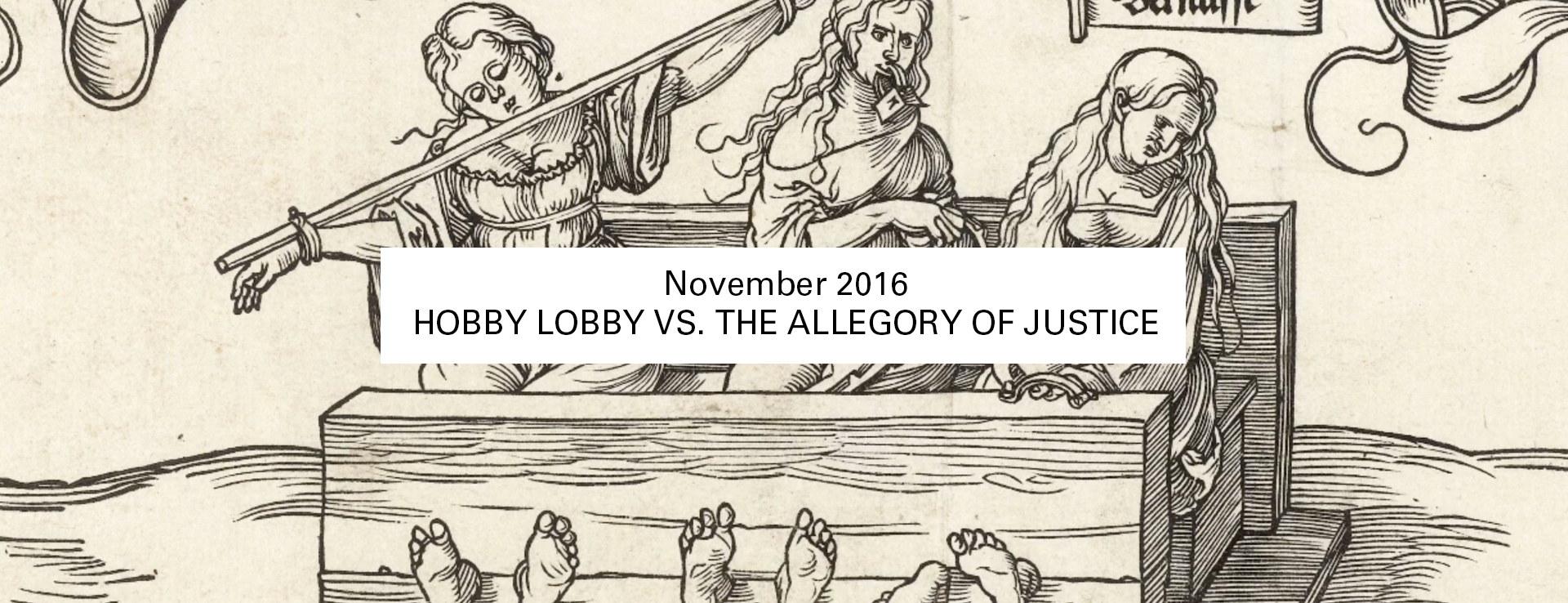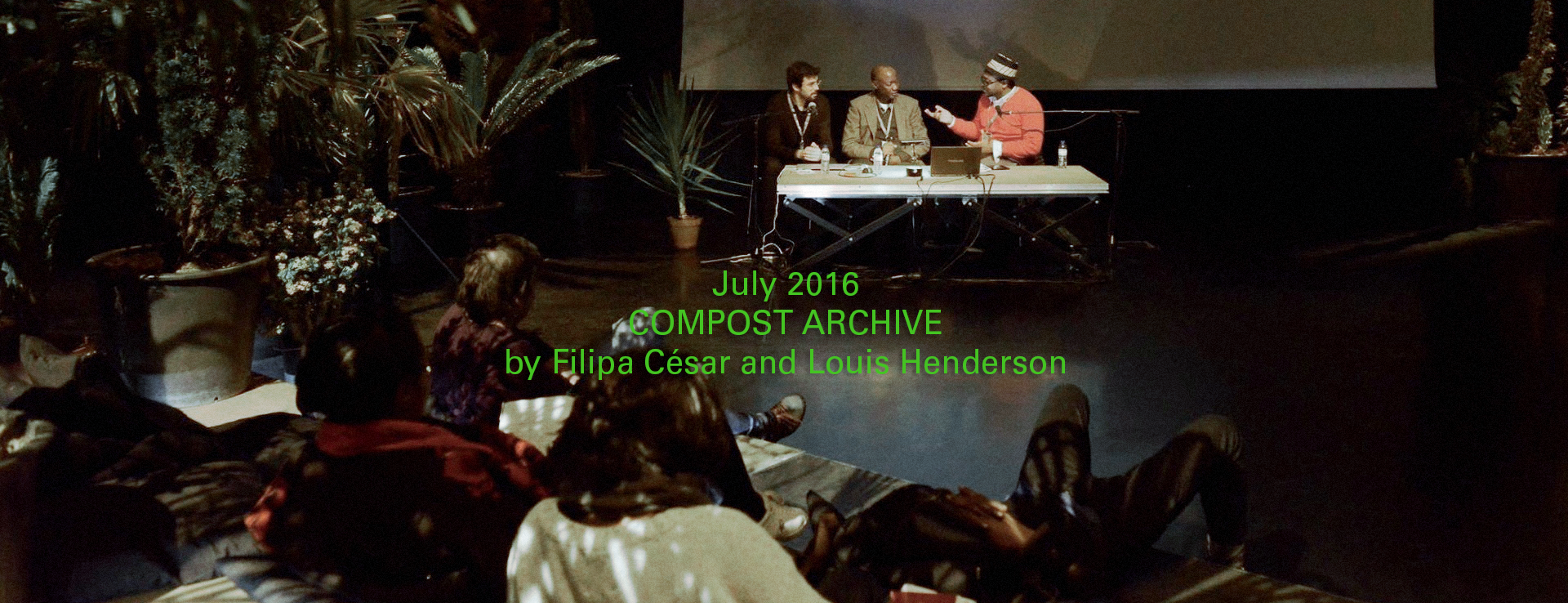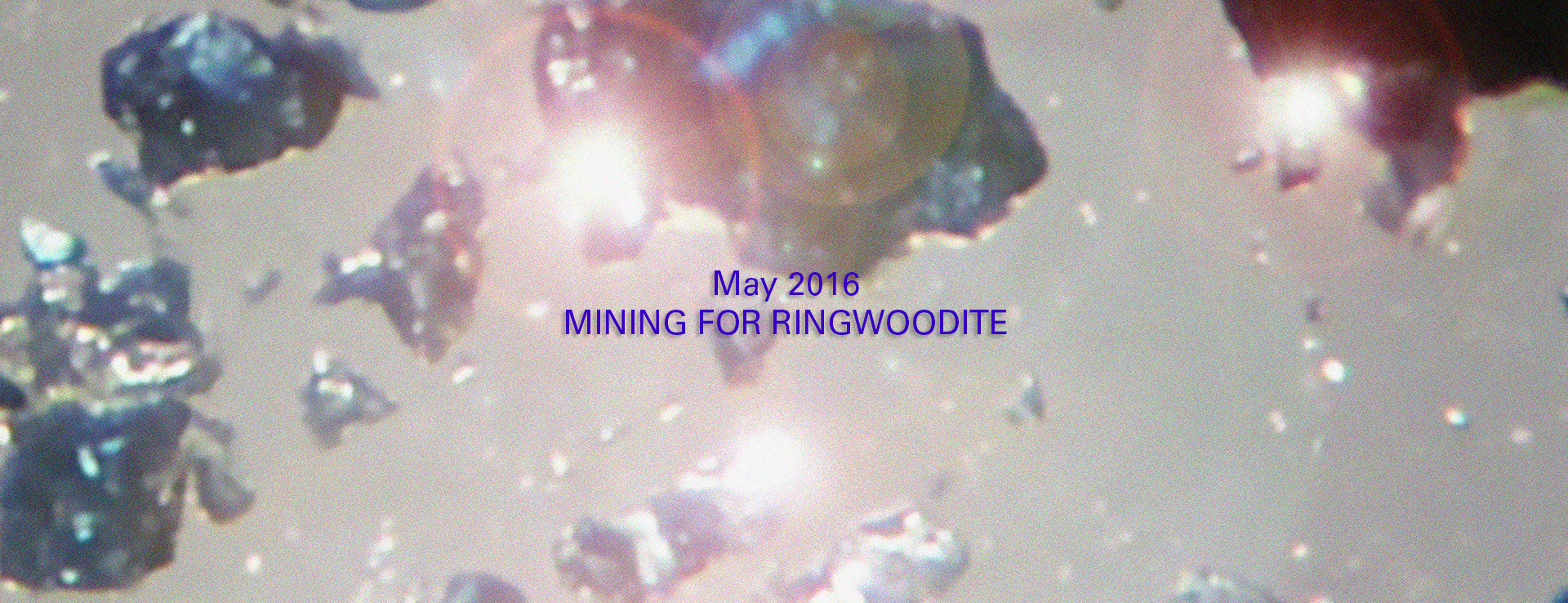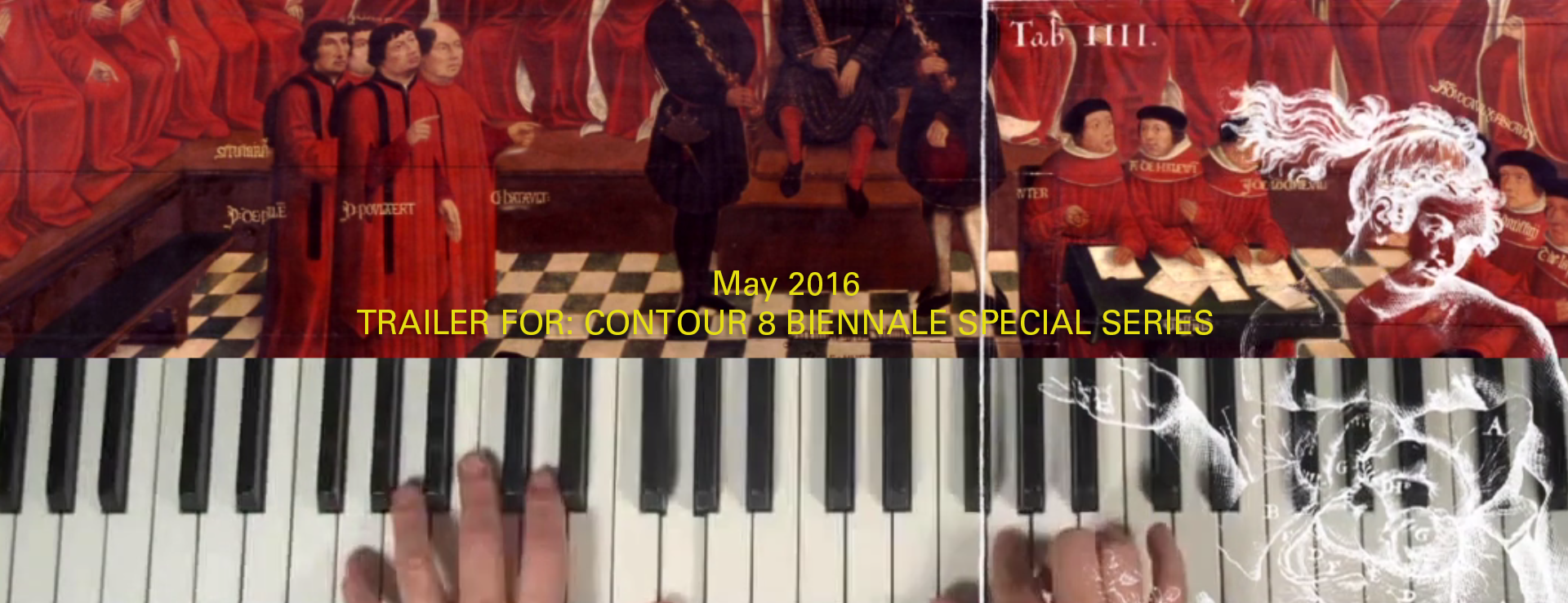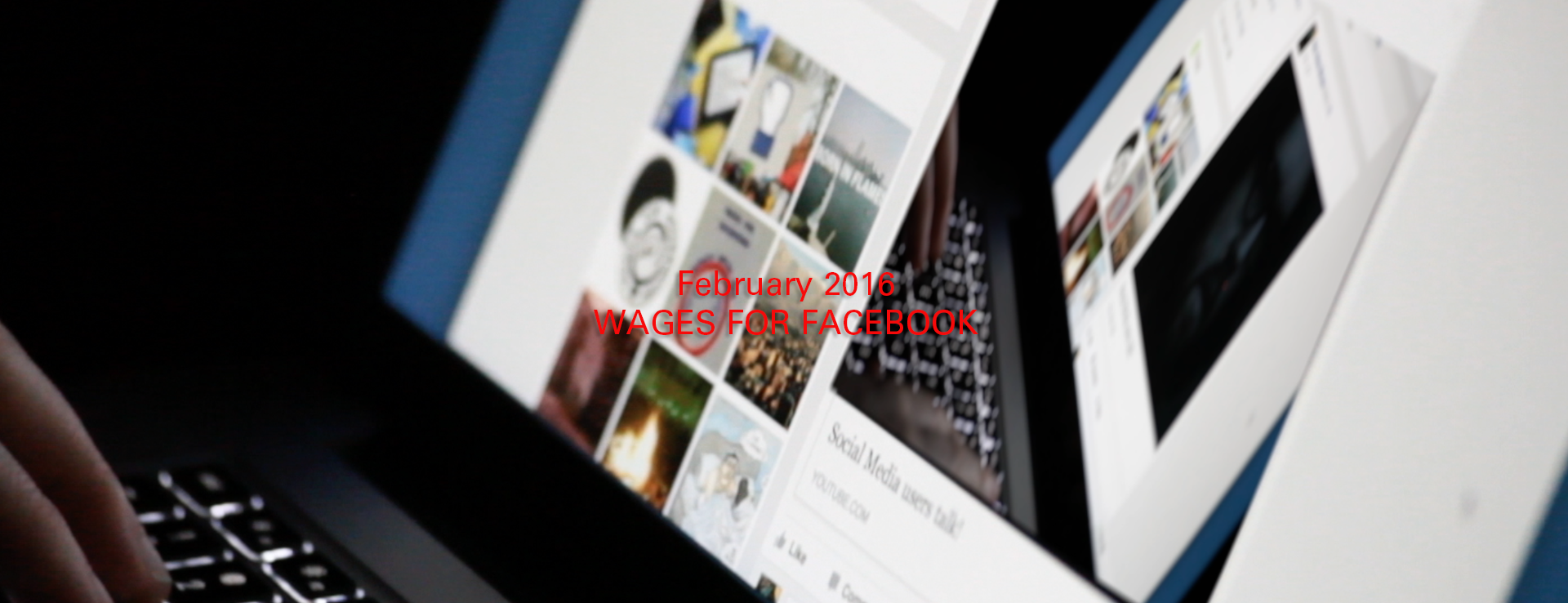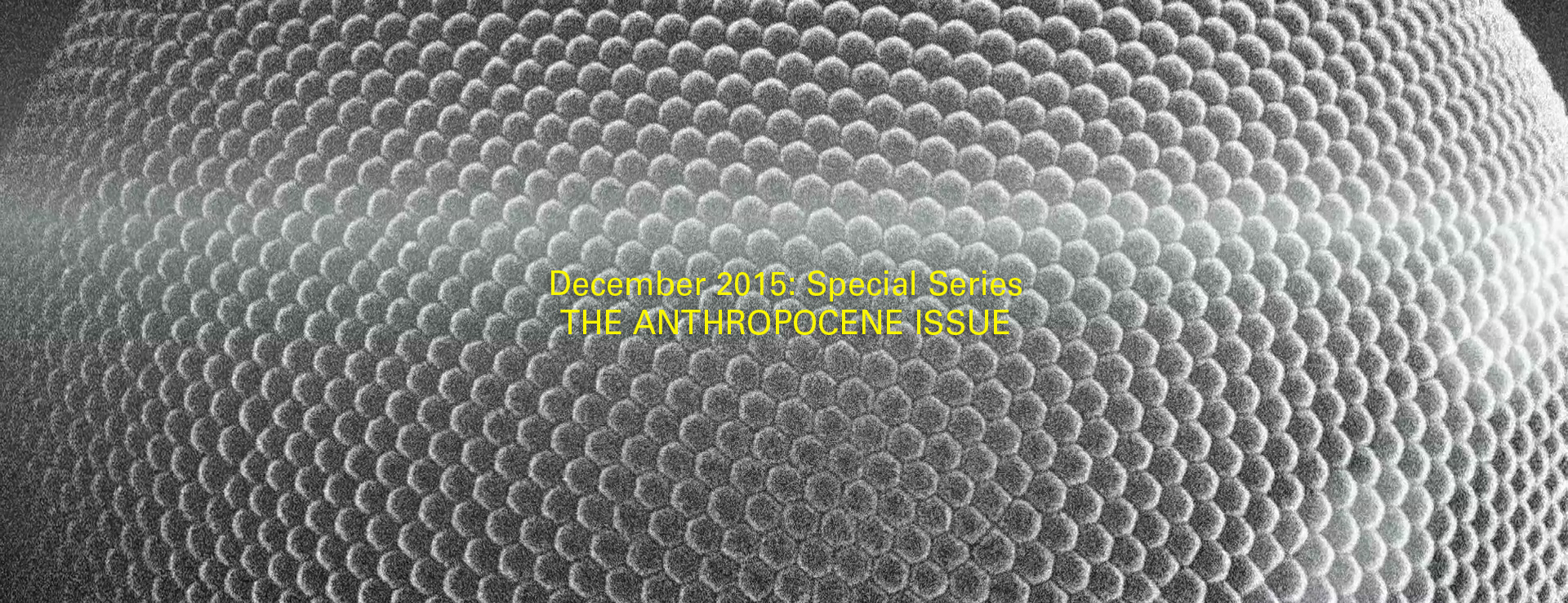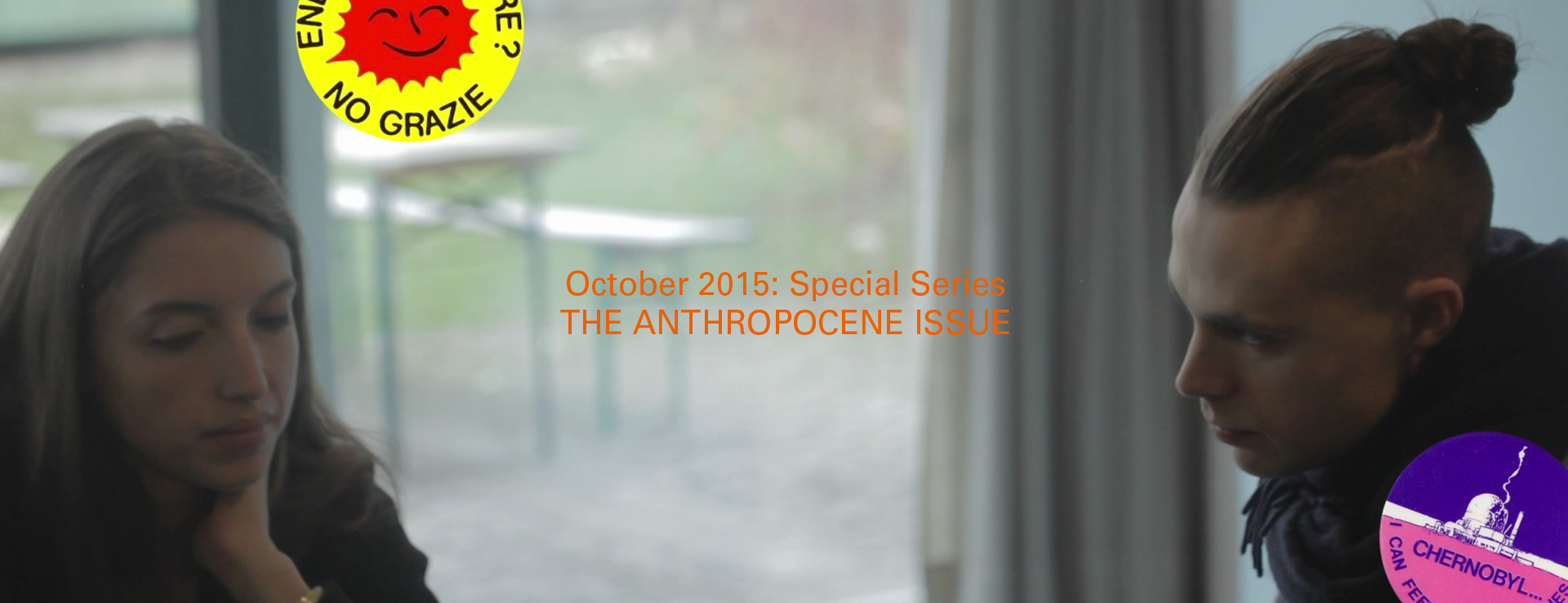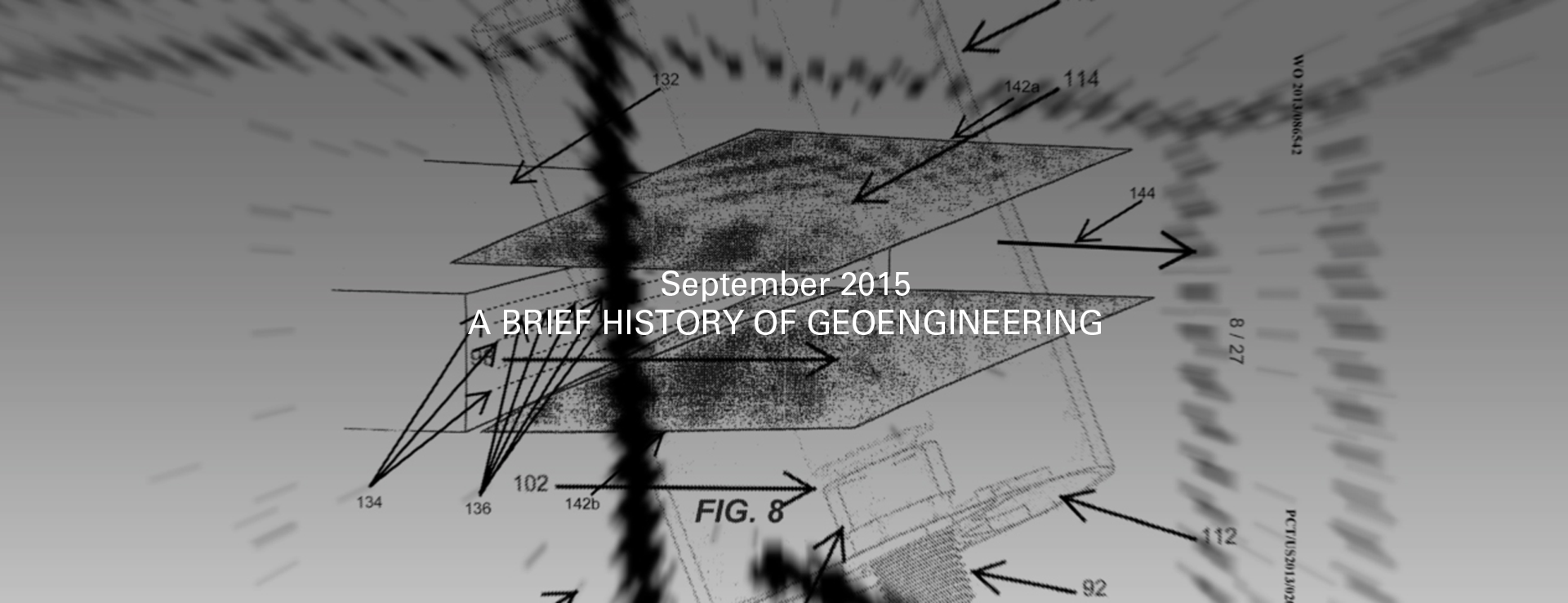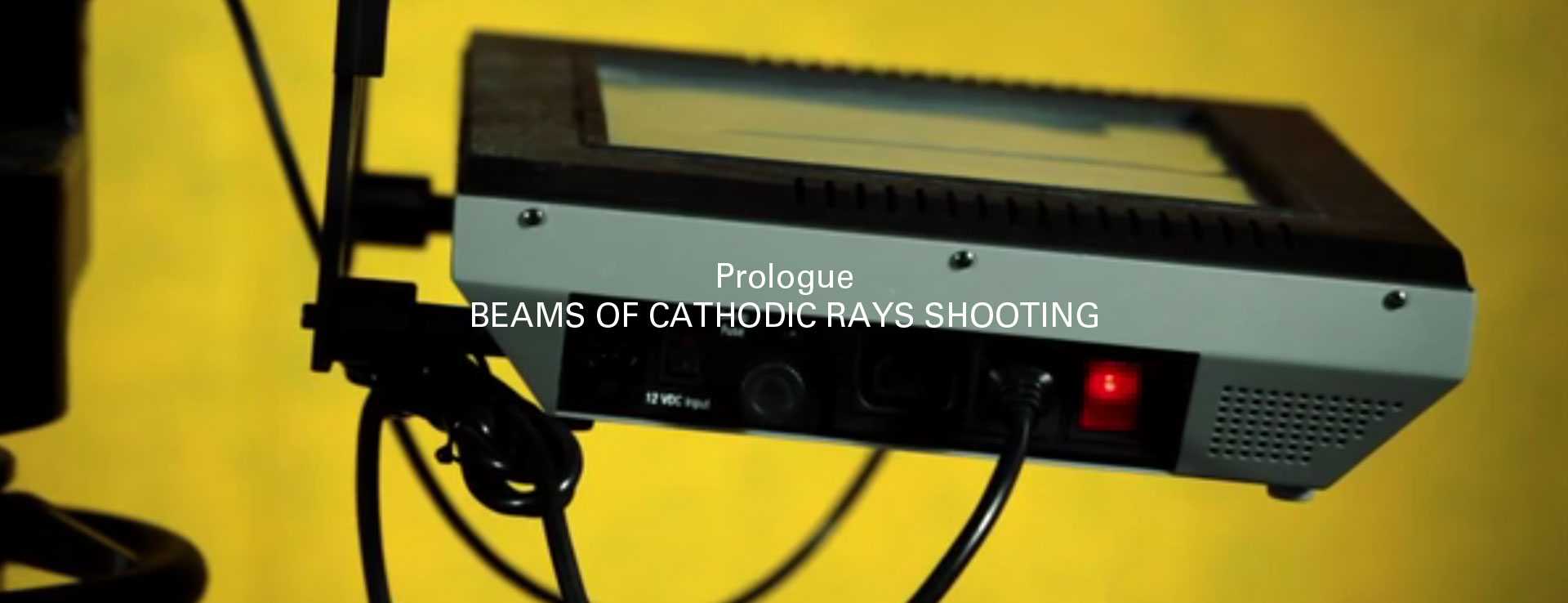inhabitants
An online channel for exploratory video and documentary reporting
February 2019
What is Deep Sea Mining?
Episode 3: The Azores Case
With Margarida Mendes
What is Deep Sea Mining?
Episode 3: The Azores Case
With Margarida Mendes
The third episode of the web series What is Deep Sea Mining? is set on the Azores archipelago, an autonomous region of Portugal located in the North Atlantic Ocean. Composed of nine volcanic islands that once thrived on the whaling industry, the Azores have since become a hot spot for research in marine biology due to its diverse ecosystems, as it is located above an active triple junction between the Eurasian, African, and North-American tectonic plates.
In 2008, one year before Portugal submitted its proposal to extend its continental shelf to the United Nations, the Canadian mining company Nautilus Minerals Inc. presented a proposal for mineral prospection and exploration in six areas off the coast of the Azores. Despite the fact that deep sea mining continues to be under debate between different governmental bodies, no effort was done to inform the wider public or local citizens about such plans.
For this episode we interviewed different specialists in marine biology based in the islands, among them José Nuno Gomes-Pereira, Teresa Cerqueira, Telmo Morato, and Gisela Dionísio, as well as member of the European Parliament Ricardo Serrão Santos, on the potential impacts of deep sea mining on local ecosystems and on the archipelago’s economical reality.
What is Deep Sea Mining? is a five episode web series dedicated to the topic of deep sea mining, a new frontier of resource extraction at the bottom of the ocean, set to begin in the next few years. Deep sea mining will occur mainly in areas rich in polymetallic nodules, in seamounts, and in hydrothermal vents. Mining companies are already leasing areas in national and international waters in order to extract minerals and metals such as manganese, cobalt, gold, copper, iron, and other rare earth elements from the seabed. Main sites targeted for future exploration are the Mid-Atlantic Ridge and the Clarion Clipperton Zone (Pacific Ocean) in international waters, as well as the islands of Papua New Guinea, Fiji, Tonga, New Zealand, Japan, and the Portuguese Azores archipelago. Yet, potential impacts on deep sea ecosystems are yet to be assessed by the scientific community, and local communities are not being consulted.
The prospects of this new, experimental form of mining are re-actualizing a colonial, frontier mentality and redefining extractivist economies for the twenty-first century. This web series addresses different issues related to this process, from ocean governance by international bodies to knowledge of the deep, following the lines proposed by the United Nations for a shift towards a "blue economy," but also efforts to defend sustained ocean literacy about the deep ocean, when its species and resources remain largely unmapped and unstudied.
What is Deep Sea Mining? is developed in collaboration with Margarida Mendes, curator and activist from Lisbon, Portugal, and founding member of Oceano Livre environmental movement against deep sea mining. What is Deep Sea Mining? is a web series commissioned by TBA21–Academy.
For more information and links to NGOs, advocacy, and activist groups involved in deep sea mining please follow the extras below.
Acknowledgements: Aurora Ribeiro, Espaço Talassa, Gisela Dionísio, Gonçalo Carvalho, Gonçalo Tocha, Henrique Ramos, Joana Borges Coutinho, José Nuno Gomes-Pereira, Luis Rodrigues, Márcia Dutra, Museu da Horta, Museu do Pico, Naturalist, Norberto, Ricardo Serrão Santos, Serge Viallelle, Telmo Morato, Tomás Melo, Quinta do bom despacho, and everyone who helped this web series. Special thanks to: Markus Reymann, Stefanie Hessler, and Filipa Ramos.

In 2008, one year before Portugal submitted its proposal to extend its continental shelf to the United Nations, the Canadian mining company Nautilus Minerals Inc. presented a proposal for mineral prospection and exploration in six areas off the coast of the Azores. Despite the fact that deep sea mining continues to be under debate between different governmental bodies, no effort was done to inform the wider public or local citizens about such plans.
For this episode we interviewed different specialists in marine biology based in the islands, among them José Nuno Gomes-Pereira, Teresa Cerqueira, Telmo Morato, and Gisela Dionísio, as well as member of the European Parliament Ricardo Serrão Santos, on the potential impacts of deep sea mining on local ecosystems and on the archipelago’s economical reality.
What is Deep Sea Mining? is a five episode web series dedicated to the topic of deep sea mining, a new frontier of resource extraction at the bottom of the ocean, set to begin in the next few years. Deep sea mining will occur mainly in areas rich in polymetallic nodules, in seamounts, and in hydrothermal vents. Mining companies are already leasing areas in national and international waters in order to extract minerals and metals such as manganese, cobalt, gold, copper, iron, and other rare earth elements from the seabed. Main sites targeted for future exploration are the Mid-Atlantic Ridge and the Clarion Clipperton Zone (Pacific Ocean) in international waters, as well as the islands of Papua New Guinea, Fiji, Tonga, New Zealand, Japan, and the Portuguese Azores archipelago. Yet, potential impacts on deep sea ecosystems are yet to be assessed by the scientific community, and local communities are not being consulted.
The prospects of this new, experimental form of mining are re-actualizing a colonial, frontier mentality and redefining extractivist economies for the twenty-first century. This web series addresses different issues related to this process, from ocean governance by international bodies to knowledge of the deep, following the lines proposed by the United Nations for a shift towards a "blue economy," but also efforts to defend sustained ocean literacy about the deep ocean, when its species and resources remain largely unmapped and unstudied.
What is Deep Sea Mining? is developed in collaboration with Margarida Mendes, curator and activist from Lisbon, Portugal, and founding member of Oceano Livre environmental movement against deep sea mining. What is Deep Sea Mining? is a web series commissioned by TBA21–Academy.
For more information and links to NGOs, advocacy, and activist groups involved in deep sea mining please follow the extras below.
Acknowledgements: Aurora Ribeiro, Espaço Talassa, Gisela Dionísio, Gonçalo Carvalho, Gonçalo Tocha, Henrique Ramos, Joana Borges Coutinho, José Nuno Gomes-Pereira, Luis Rodrigues, Márcia Dutra, Museu da Horta, Museu do Pico, Naturalist, Norberto, Ricardo Serrão Santos, Serge Viallelle, Telmo Morato, Tomás Melo, Quinta do bom despacho, and everyone who helped this web series. Special thanks to: Markus Reymann, Stefanie Hessler, and Filipa Ramos.

Extras:
Official website of the advocacy group Oceano Livre
Official website of the advocacy group Oceano Livre
Extras:
Maps and definition of the Marine Park of the Azores
Maps and definition of the Marine Park of the Azores
Extras:
Information about the Rainbow Hydrothermal Field, the first marine protected area proposed under the high sea
Information about the Rainbow Hydrothermal Field, the first marine protected area proposed under the high sea
Extras:
Portugal and its recent developments regarding the law of the sea
Portugal and its recent developments regarding the law of the sea
Extras:
"Mineração em Mar Profundo nos Açores – uma ameaça real," article by João Martins and Margarida Mendes in Jornal Mapa, January 2018
"Mineração em Mar Profundo nos Açores – uma ameaça real," article by João Martins and Margarida Mendes in Jornal Mapa, January 2018
Extras:
Visit Deep Sea Mining Watch for interactive maps of future mining sites and concessions
Visit Deep Sea Mining Watch for interactive maps of future mining sites and concessions
Extras:
Concise panflet about deep sea mining by Seas at Risk
Concise panflet about deep sea mining by Seas at Risk
Other Episodes:



